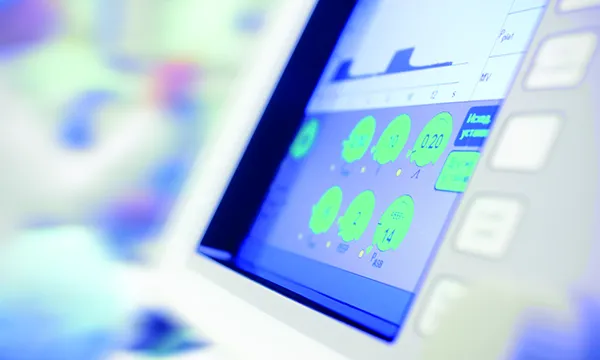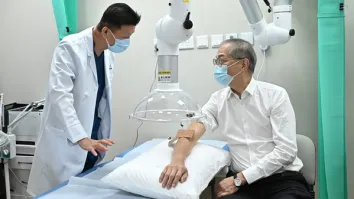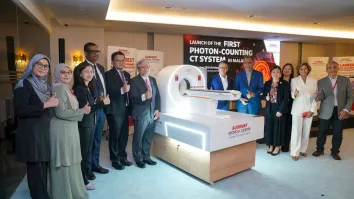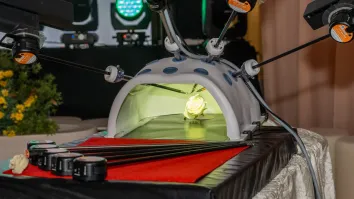
A robot a day keeps the doctor away
A trip to hospital for a rehabilitation appointment in Singapore could soon be a thing of the past.
Singapore rolled out a home based telemedicine rehabilitation service. Called the Smart Health TeleRehab, the service allows patients to undergo their rehabilitation exercises at a time and location of their choice, through the use of wearable sensors and remote monitoring by therapists. “Smart Health TeleRehab could transform how therapy services are delivered in Singapore,” says Chee Hong Tat, senior minister of state for health, after visiting the home of a patient to view how Smart Health TeleRehab was deployed.
The technology was developed by the National University of Singapore (NUS) Department of Electrical & Computer Engineering Technology and the Saw Swee Hock School of Public Health and works by detecting and measuring motor movements with sensors and algorithms enabling immediate feedback to patients on whether they are performing the exercises correctly.
A video conferencing feature is available to enable patients to consult therapists remotely and therapists are able to review their patients’ progress asynchronously via smart dashboards. “Patients will benefit from greater convenience, cost savings, and better outcomes. Therapists and therapy service providers will also benefit from the productivity improvements,” Chee says.
Robotics for geriatric care
Singapore is also applying the use of robotics to geriatric care, another growing need which can be more easily and cost effectively serviced from home. Dr Tan Jit Seng, director, Lotus Eldercare Health Services says technology use in eldercare reduces the reliance of trained healthcare manpower by empowering the patients and their family on the care supported by timely input of information to patients and their families or continual monitoring of chronic disease and early warning of flares or decompensation.
“For instance, some elderly care facilities already use robots like Ohmni, ExoAtlet, and Loomo. Ohmni allows family members and caregivers to engage remotely over the Internet and check on the elders’ safety and make sure they follow their diet or medication. Geriatric specialists can also dial-in on-demand simultaneously to provide services. ExoAtlet, meanwhile, uses robotics for exoskeletal support, doing away with the stigma of using a wheelchair,” she said. Singapore is particularly pressed for healthcare manpower, so expect to see more use of robotics and home based telemedicine to ease the burden on hospitals.



















 Advertise
Advertise








